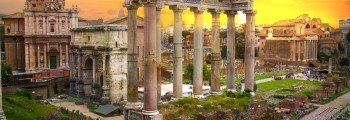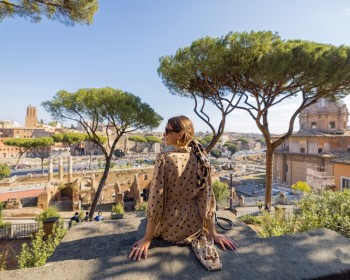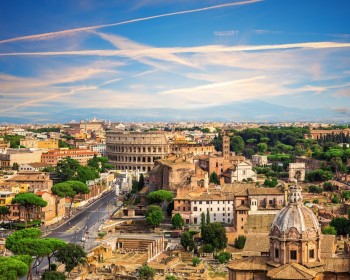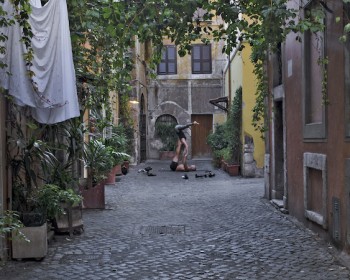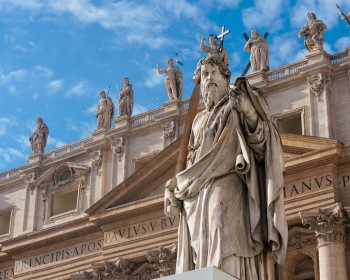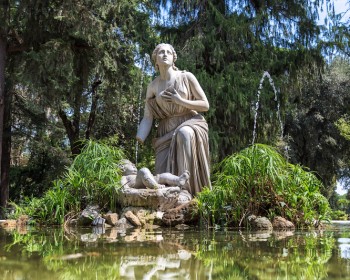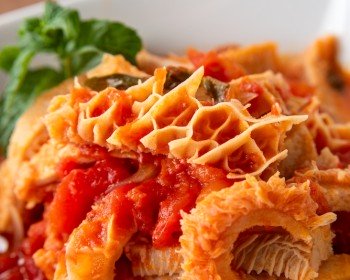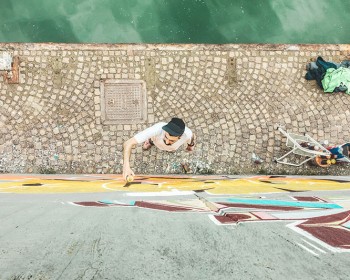- The Sistine Chapel originally it was known as Cappella Magna and it was dedicated to Saint Mary assumed in Heaven. The name Cappella Sistina came from the Pope Sixtus IV who ordered its restoration between 1475 and 1480.
- It’s the private chapel of the Pope and its frescos cover 11,840 square feet.
- Since 1870 it’s the venue of the Conclave, the meeting in which the cardinal electors of the College of Cardinals elect the Bishop of Rome, also known as the Pope. Once elected, the Pope is led into the Room of Tears (in Italian Camera Lacrimatoria), a chapel that is so called because here the new Pope usually burst into tears after his election.
- It is famous because Michelangelo covered all the ceiling with his masterpiece, The Last Judgement fresco, but not everyone knows that he reluctantly accepted that task because he considered himself as a sculptor rather than a painter.
- Michelangelo was not the only one renowned artist who worked on Sistine Chapel. Sixtus IV designated other famous painters like Sandro Botticelli, Domenico Ghirlandaio, e Pietro Perugino.
- To paint on the ceiling, Michelangelo built all by himself a platform made up of wooden boards. Contrary to what's usually said, he didn’t paint laying down the platform but standing.
- Until the painting of the Cappella Sistina, God was usually represented with a hand who indicate downward through the clouds. In the Sistine Chapel, there is the first reproduction of God depicted with a muscular body and face framed by a long white beard, like the Greek god Jupiter.
- In 1990, Dr. Frank Lynn Meshberger wrote in the journal of the North American Medical Association that the figures and shadows depicted behind the garments of God and the angels appeared as a fair representation of the human brain. In his view, this would have been Michelangelo's way of symbolizing the passage of the intelligence from God to a human being.
- From the construction of the Sistine Chapel to 1536, the altar wall on which the Last Judgment is now contained other paintings from the series of the stories of Moses and Jesus. There were the Assumption, the Nativity of Christ and the Discovery of Mosè del Perugino, which unfortunately Michelangelo had to sacrifice, which earned him many criticisms.
- The fresco is a ring composition which should be read from the left to the right and from the top down. The men who will be judged go up to the left, the righteous remain high while the damned go down to the right, towards the Hell.
- The central figure, the most important, is the Christ Judge, a young figure. His gaze is hard, he turns to his left where the torturers are. We are faced with the representation of an "unknown Christ", in which goodness and mercy have disappeared giving way to Christ the executioner.
- On the right, under the feet of Christ, is St. Bartholomew who shows in one hand the instrument with which he was skinned alive and in the other the skin that was torn from him. The torn skin is a self-portrait of Michelangelo. Some art critics interpret this detail as a reflection of the Michelangelo's pessimism, already old and in a crisis of faith. There is also another interpretation: since he hated painting, there is nothing worse than painting, not even dying skinned.
- The Last Judgment was a matter of a dispute between Cardinal Gian Pietro Carafa and Michelangelo. The mural painting represented nude figures and the Artist was accused of immorality and obscenity. Carafa and Monsignor Sernini (ambassador of Mantua) organized a censorship campaign (known as the "Fig leaf campaign") to remove the fresco.
- The pope's master of ceremonies Biagio da Cesena said it was shameful that in such a holy place all those naked figures had been represented and fresco was a decoration of a public bath or a tavern but not a papal chapel. For this reason, Michelangelo represented him in the fresco as Minos, the judge of the Hell. It is said that when Biagio da Cesena complained to the Pope, the pontiff replied that his jurisdiction did not include Hell for whose portrait it would have been left where he was.
- The genitals represented in the fresco were later covered by the artist Daniele da Volterra, who for this reason was called "Il Braghettone", from the Italian word “braghe” (pants).
Now that you know all the secrets about this amazing place, you just have to visit it! Learn about our Tour of the Vatican Museums with Sistine Chapel & Painting Gallery.
Might Interesting You:

